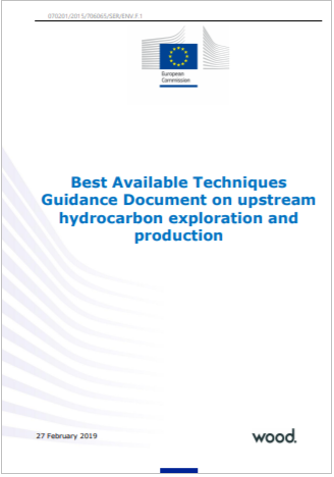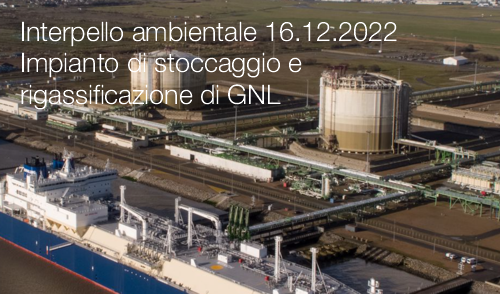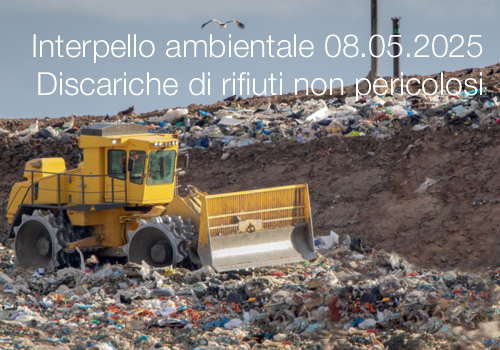Informazione tecnica HSE / 25 ° anno
/ Documenti disponibili:
45.549
/ Documenti scaricati: 34.417.194
/ Documenti scaricati: 34.417.194

In 2015-2018, the European Commission initiated an exchange of information with a view to developing a Guidance Document on best available techniques (BAT) in upstream hydrocarbon exploration and production, specifically with regard to environmental protection. The aim of this exercise was to identify best available techniques and best risk management approaches for selected key environmental issues during onshore and offshore hydrocarbons exploration and production activities. The Guidance Document has been developed based on information provided by a Technical Working Group (TWG) in response to data collection questionnaires; extensive comments on drafts of the Guidance Document; as well as additional data provided by TWG members and collected by the project team. A description of the process involved in developing the Guidance Document is included in Appendix A. The document distinguishes onshore and offshore activities for the exploration and production of hydrocarbons. It is organised as follows:
- Part One provides an introduction (Section 1) and the scope of the document (Section 2);
- Part Two (Section 3) presents risk management approaches in hydrocarbons activities;
- Part Three (Sections 4 to 16) presents guidance for onshore activities;
- Part Four (Sections 17 to 26) presents guidance for offshore activities;
- Appendix A presents an overview of the information exchange process;
- Appendix B presents a glossary of terminology and abbreviations used; and
- Appendix C presents an overview of the steps involved in performing a BAT Assessment
The techniques listed and described in the Guidance Document represent the best and most current techniques adopted in upstream oil and gas operations at the time of writing, and their inclusion is neither intended to be prescriptive nor exhaustive. Other techniques may be used. Where environmental performance levels are included in the Guidance Document this is to allow a comparison of the performance of techniques such that a desired environmental outcome commensurate with BAT can be achieved.
EC 2019
Collegati
ella Commissione del 27 novembre 2020 che modifica le linee guida per l’utente che illustrano le misure necessarie per aderire a EMAS, a norma del regolamento (CE) n. 1221/2009

ID 18677 | 17.01.2023 / In allegato Testo interpello Ambientale
L’art. 27 del decreto-legge n. 77 del 31 maggio 2021

ID 23982 | 15.05.2025 / In allegato Testo interpello Ambientale
L’art. 27 del decreto-legge...
Testata editoriale iscritta al n. 22/2024 del registro periodici della cancelleria del Tribunale di Perugia in data 19.11.2024